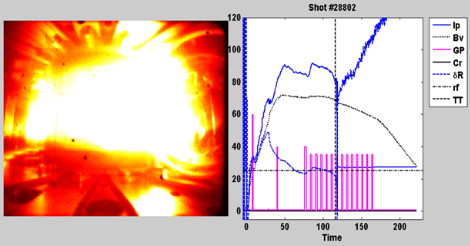
Using deep learning to understand and predict the dynamics of Tokamak discharges have developed a deep learning model to predict non-favorable plasma discharges neural network based on Sequence to Sequence deep learning model has been developed in the project to facilitate the prediction of the non-favourable discharges.
Prof Priyanka Sharma, Prof Swati Jain, Sutapa Ranjan and Ranjana Manchanda of the Department of Computer Science and Engineering have developed a deep learning model to predict non-favorable plasma discharges in a Tokamak. The project was funded by the Board of Research in Nuclear Sciences-Department of Atomic Energy (BRNS).
Non-favorable discharges in a Tokamak are mainly disruptive in nature and are responsible for the sudden loss of confinement and transfer of plasma energy to the surrounding structure. During a disruption, the plasma current and the thermal energy content of a tokamak plasma discharge collapse uncontrollably, thereby generating mechanical forces and heat loads which in turn destroy the structural integrity of surrounding structures and vacuum vessel components. Key to preventing damage is predicting these disruptions.
The neural network based Sequence to Sequence deep learning model has helped in predicting the occurrence of the non-favourable plasma discharges well in advance, so that corrective actions to protect the reactor can be taken.